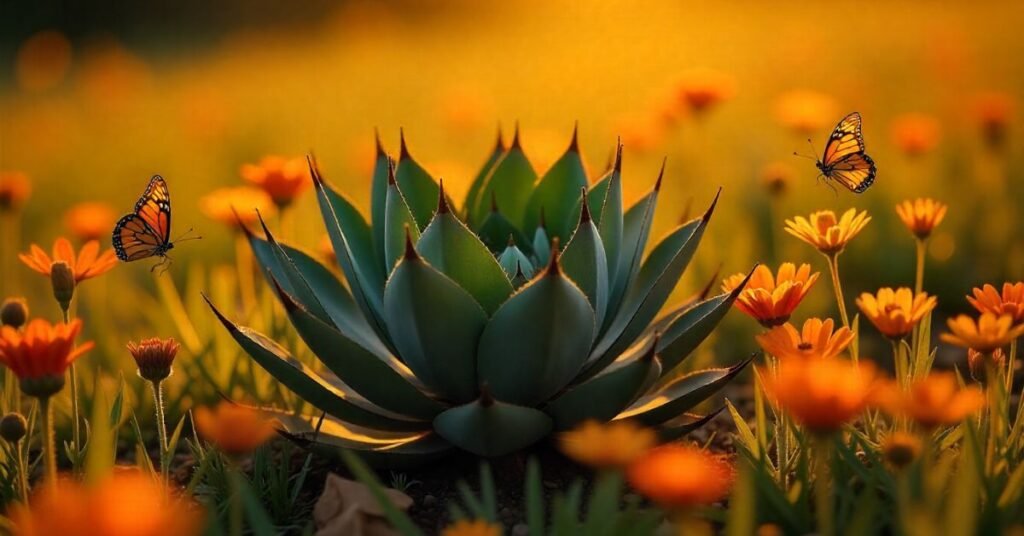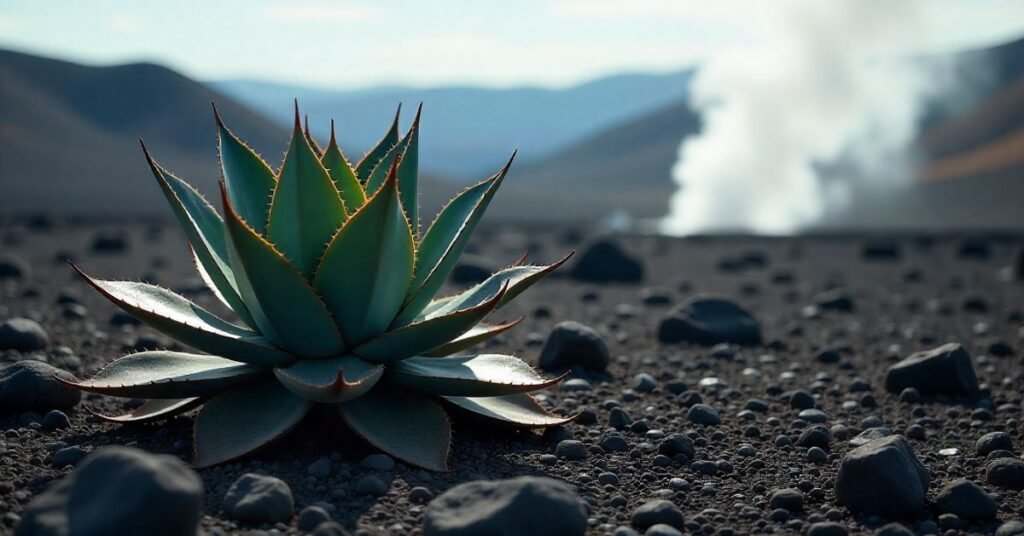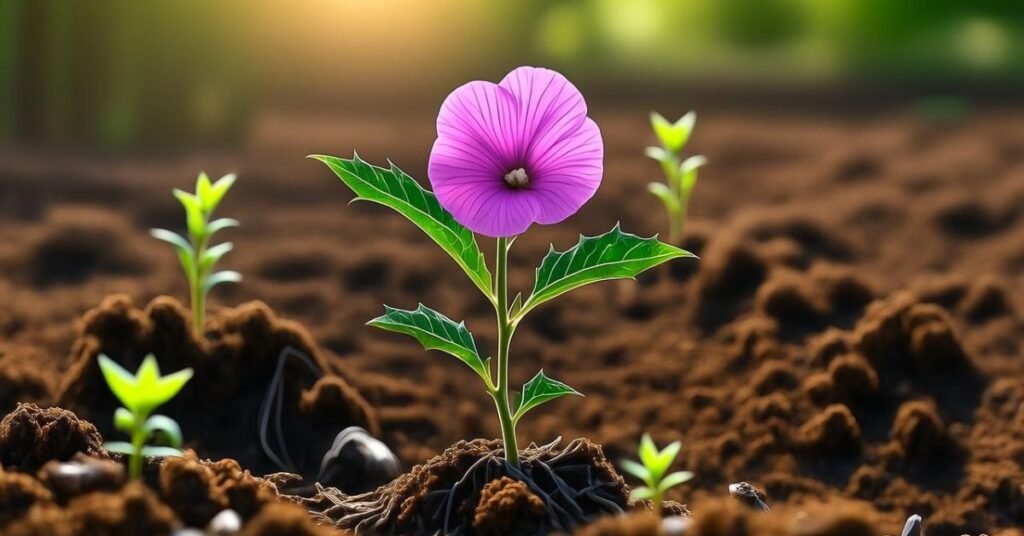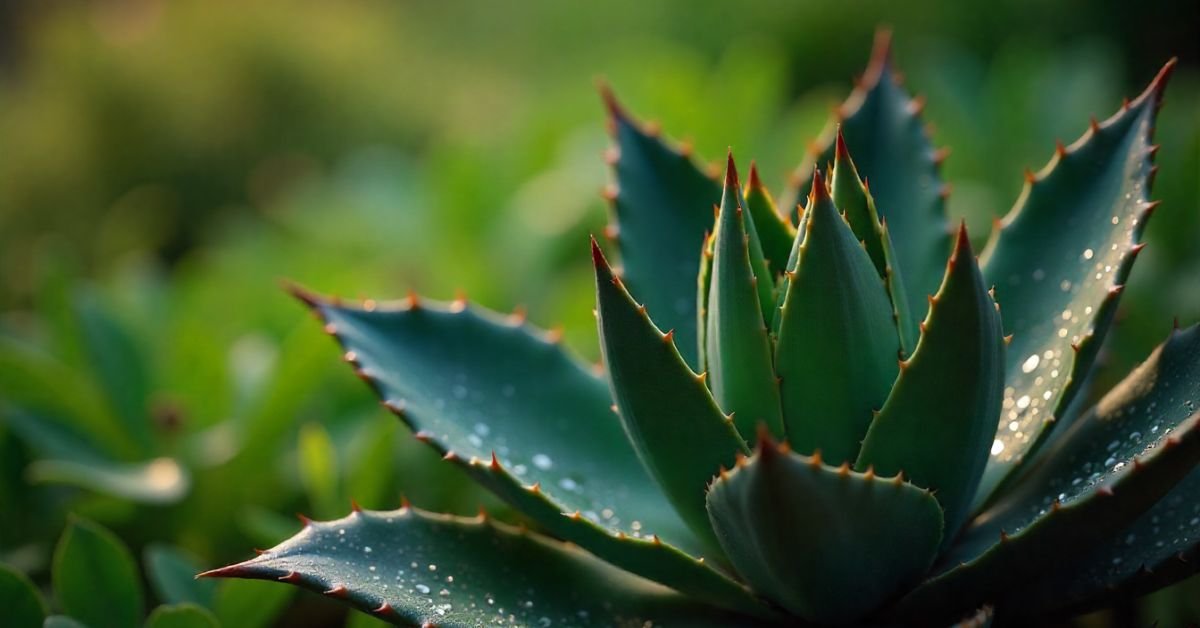Introduction
The Black Agave Plant is a stunning succulent known for its dark, dramatic leaves. It belongs to the agave family and is admired for its unique rosette shape. This plant is hardy and low-maintenance, making it a favourite for gardens and indoor collections. With its bold appearance, it adds elegance to any space.
Growing a Black Agave Plant is easier than many people think. Once you know the basics of sunlight, water, and soil, the plant thrives with minimal care. Imagine having a plant that looks exotic yet requires little effort. It’s the perfect combination for busy plant lovers. Its beauty often becomes a centre piece in landscapes or pots.
To grow the Black Agave Plant, start with well-draining soil and place it where it gets plenty of sunlight. Water sparingly, as it stores moisture in its thick leaves. With patience and simple care, this plant rewards you with healthy, strong growth and striking looks.
Agave Care

Agave plants are easy to care for and need very little attention. They grow well in sunny spots and dry soil. With the right conditions, they can live for many years and add beauty to gardens or pots.
Warning
Be careful when handling agave plants. Their leaves have sharp tips that can hurt your skin. Always wear gloves while planting, trimming, or moving them.
Light
Agave plants love bright sunlight. Place them in a spot where they get at least 6 hours of sun every day. If indoors, a sunny window is the best place.
Soil
These plants need sandy or well-draining soil. Heavy or wet soil can cause root rot. A cactus or succulent mix works perfectly.
Water
Agave plants store water in their leaves. Water only when the soil is completely dry. Overwatering can damage the roots and kill the plant.
Temperature and Humidity
- Agave plants prefer warm weather.
- They grow best between 65°F and 80°F.
- They can survive short cold spells but not freezing temperatures.
- Low humidity is ideal for agave plants.
Fertilizer
Agave plants need very little fertilizer. They grow best with light feeding during the growing season. A cactus or succulent fertilizer works well. Apply it once a month in spring and summer. Do not over-fertilize, as it can harm the roots. In fall and winter, avoid feeding because the plant rests.
What Is Agave Used For?
- Certain types of agave, like blue agave and green maguey, are used to make tequila and mezcal.
- The plant is also used to make agave syrup, a natural sweetener lower on the glycemic index than sugar or honey.
- Light agave syrup has a neutral taste, amber has a mild caramel flavor, and dark has a strong caramel taste like molasses.
- Four parts of the agave plant can be eaten: the flowers, the leaves, the basal rosettes, and the sap.
Types of Agave
Agave plants come in many shapes, sizes, and colors. Hardy varieties often have blue-green leaves, while warm-climate types show gray-green shades. Some varieties are variegated with gold or white markings. Each type has its own unique look and growth pattern.

| Agave Type | Description | Height | Blooming Time |
| Agave americana | Known as the century plant. Once thought to bloom after 100 years, but usually flowers in 10–25 years. Dies after blooming. | Large, varies | 10–25 years |
| Agave attenuata | Popular spineless variety called foxtail or dragon-tree agave. Grows wide with soft leaves. | 4–5 feet tall | After maturity |
| Agave parviflora | Small plant with white markings and curly, hair-like filaments. Produces green flowers. | About 6 inches | 6–8 years |
| Agave tequilana azul | Known as Weber’s blue agave, used for making tequila. Also grown as an ornamental plant with yellow flowers. | Up to 6 feet | 6–8 years |
| Agave victoria-reginae | Compact type with broad leaves that form a dome shape. Produces cream flowers. | Around 1 foot | 20–30 years |
Propagating Agave
Mature agave plants often produce small pups around their base. These pups can be used to grow new plants. Propagating from pups is cheap and easy, and it also prevents the parent plant from becoming overcrowded. Although pups can be removed anytime, it is best to wait until they are a few inches wide.
Steps for Propagating Agave from Pups:
- Loosen the soil around the pup and find the root that connects it to the parent plant.
- Cut that root with a sharp tool, being careful not to damage the pup’s own roots.
- Gently dig out the pup, keeping as many roots as possible.
- Place the pup in a shaded and airy place for a few days until the cut heals and forms a callus.
- Plant the pup in a small pot with well-draining succulent soil.
- Keep the soil lightly moist and place the pot in a warm, bright spot.
- Water only when the top inch of soil is dry. The pup will be ready for outdoor planting in a few weeks.
How to Grow Agave from Seed
Agave plants can also be grown from seeds. This method is simple, and seedlings usually appear in just a few weeks.
Steps for Growing Agave from Seed:
- Fill a shallow container with seed-starting mix and make sure it has drainage holes.
- Sprinkle the seeds on top of the soil. Check the species first, as some seeds need light to germinate and should not be covered.
- Lightly moisten the soil.
- Cover the container with plastic wrap to keep moisture in.
- Place the container in a warm spot above 70°F with bright, indirect light.
- Remove the plastic once seedlings appear.
- If you live in the right climate, slowly adjust the seedlings to outdoor conditions by placing them outside for a few hours daily before transplanting.
Potting and Transplanting Agave
Agave grows well in pots with drainage holes. Use a cactus or succulent soil mix for healthy roots. When the plant gets too big, move it to a larger pot. Handle with care because the leaves are sharp. The best time to transplant is spring or summer.
Overwintering
Agave cannot survive freezing weather. If grown in pots, bring them indoors before frost. Place them near a sunny window. Water less in winter as the plant rests. For outdoor agave, cover with frost cloth or mulch for protection.
How to Get Agave to Bloom
Agave plants are loved for their bold leaves. They are monocarpic, which means they bloom only once in their lifetime. After flowering and producing seeds, the plant dies. Fertilizer can sometimes make agave bloom earlier than expected.
Bloom Months: Agave takes 10 to 20 years to mature. Once mature, it usually blooms in spring or summer.
How Long Does an Agave Bloom?
The blooming process lasts three to four months. A tall stalk grows from the center, reaching 15 to 35 feet high. Flowers appear and last about a month each. After blooming, the main plant dies and does not flower again.
What Do Agave Flowers Look and Smell Like?
A tall spike grows from the plant’s center. Some species have flowers all along the stalk, while others bloom at the branch tips. Flowers are bell-shaped and come in white, yellow, or green. They smell sweet, like honey or vanilla, and the scent is stronger at night. This attracts moths and bats.
Caring for Agave After It Blooms
Once the flowers produce seeds, the parent plant dies. The tall stalk may fall, so remove it with a saw to protect nearby plants. Some species grow bulbils, or baby plants, on the stalk. These can be removed and replanted. If not, dig up the dead plant and rhizome to make space for new growth.
Conclusion
Agave is a striking plant that offers beauty and uniqueness. It grows slowly but rewards patience with its dramatic bloom. Once it flowers, the main plant dies, but new pups or bulbils can carry on its life cycle. With the right care, agave will thrive for many years and remain a highlight in any garden or home.
FAQs
1. How often should I water an agave plant?
Water only when the soil is completely dry, as agave stores water in its leaves.
2. Can agave grow indoors?
Yes, agave can grow indoors if placed in a bright, sunny spot with good drainage.
3. How long does it take for agave to bloom?
Most agave species bloom once after 10 to 20 years, then the plant dies.
4. Is agave easy to propagate?
Yes, agave can be propagated from pups or sometimes from bulbils after blooming.
5. What is agave used for?
Agave is used for making tequila, mezcal, syrup, and as an ornamental plant.


